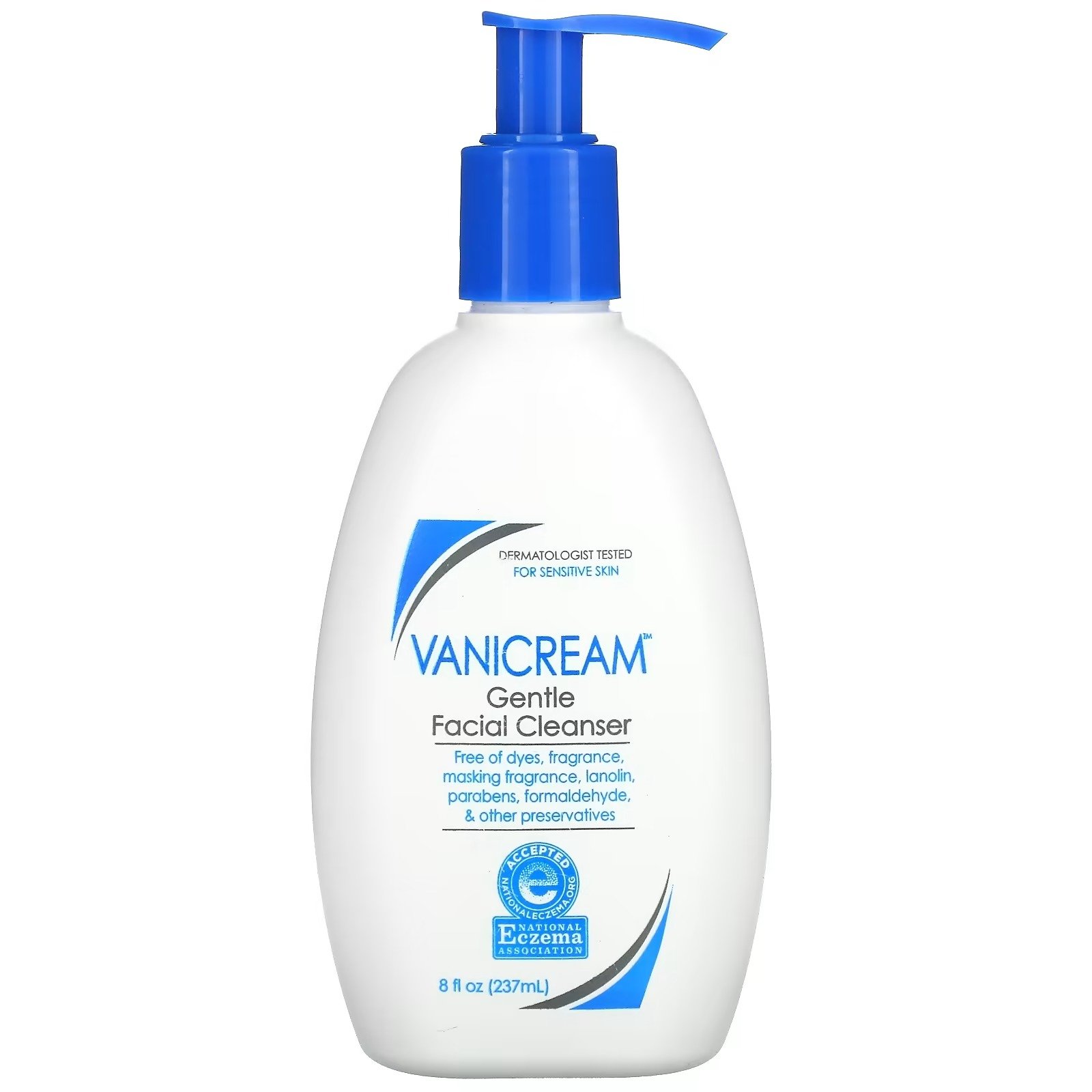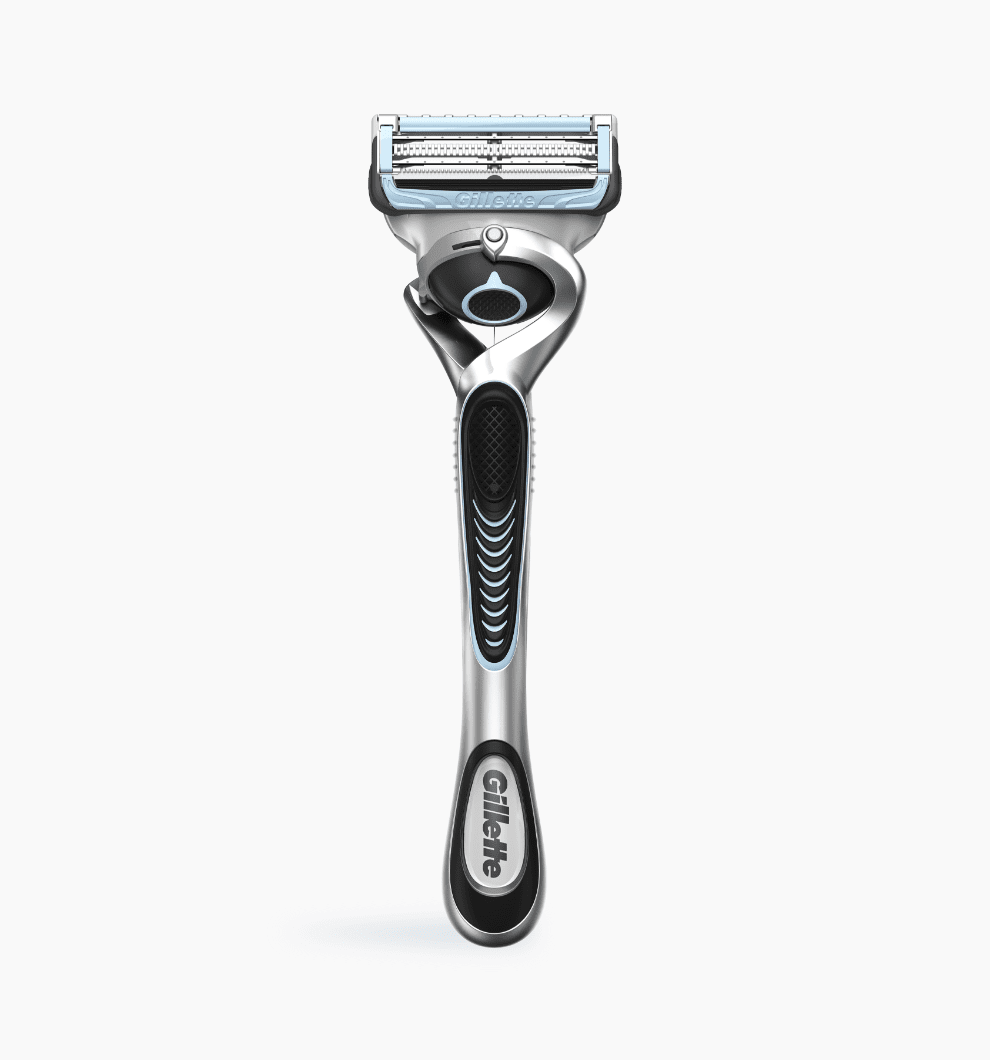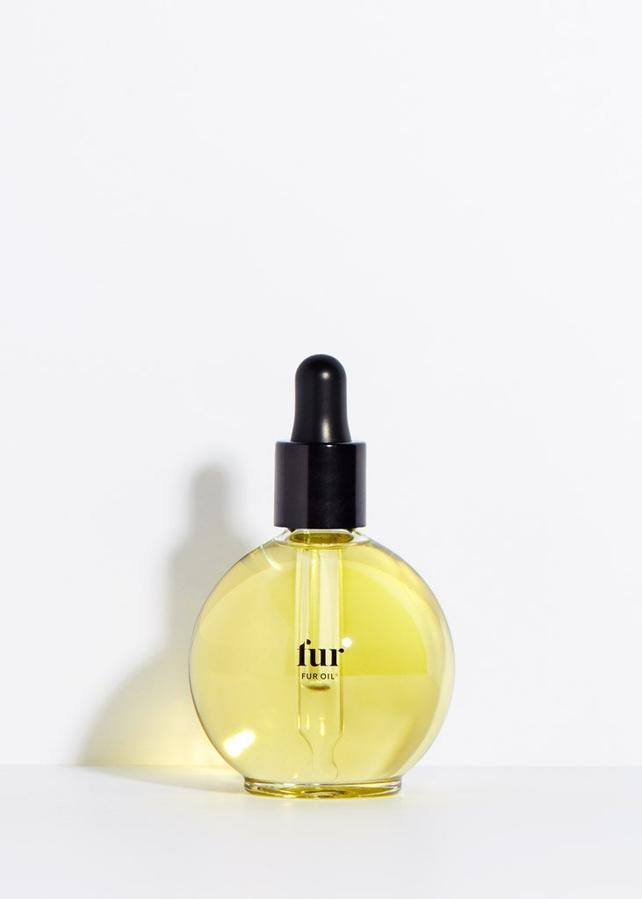The Perfect Shave: Avoiding Irritation and Ingrown Hairs
IN THIS ARTICLE
Hey, everyone. We're back in action, and today we're tackling a subject that resonates with almost everyone - shaving. We're diving deep into the best ways to shave and prevent those pesky razor bumps and burns. These principles aren't just for facial hair; they're universally applicable to shaving any part of your body.
Our focus will range from perfecting your pre-shave routine, choosing the optimal shaving cream or gel, selecting the right razor, and mastering the actual process of shaving in a way that minimizes skin irritation. And let's not forget about aftercare - it's crucial to know which products will best aid your skin's recovery post-shave. So buckle up, because we're on a mission to create the most comprehensive shaving guide on the web.
There are countless reasons to shave - whether it's your underarms, chest, legs, or other areas. The choice is personal and we uphold that. Maybe you're part of the growing trend of people deciding not to shave; that's completely valid too. The aim here isn't to convince you to shave, but to equip you with the knowledge to do so without causing unnecessary skin irritation.
It's worth noting that frequency of shaving can significantly affect your skin. Even though I prefer the clean-shaven look and would ideally like to shave daily, I've found it results in too much skin irritation and razor burn, or pseudofolliculitis barbae. Consequently, I've adjusted my routine to shaving every other day, which has significantly reduced these issues.
Indeed, improper or frequent shaving can lead to skin redness, pimples, or even bacterial folliculitis if using an unclean razor. And who hasn't experienced that dreaded skin cut or painful ingrown hair? Understanding your skin, and the right way to shave, can make a world of difference to your shaving routine.
Let me emphasize the significance of this. If performed correctly, you should be able to bypass ingrown hairs. Nonetheless, despite your best efforts, ingrown hairs may still occur. So, let's discuss the first step: preparation before shaving.
Preparation
Firstly, ensure your hair is damp. Dampening the hair strands smoothes them out, making them easier to cut. It also moistens the skin, reducing friction. So, start by moistening the skin with water. This process resets disulfide bonds that provide structure to your hair. Hence, dampening your hair restructures it for a smoother shave.
Next, cleanse your wet hair. Cleansing here aims to remove any residues on your skin, such as makeup or deodorant. It also eliminates bacteria, fungi, and mites that reside on your skin, so clearing these reduces the risk of them blocking your pores during shaving. While facial infections post-shave are rare, certain areas like the armpits and groin can harbor bacteria. So, using a cleanser is paramount to remove these germs.
Choosing a good cleanser is the next step. You can opt for a gentle cleanser like Vanicream Gentle Cleanser, which I use regularly. It's a safe and simple cleanser. Alternatively, you could use the CeraVe Salicylic Acid Cleanser. Its salicylic acid content helps remove skin oil and acts as a mild exfoliant.
Mild exfoliation prevents your hair follicles from getting clogged with skin cells, particularly useful if you're prone to ingrown hairs. If you're already going to wash your body or you have acne, consider using benzoyl peroxide. Panoxyl and Humane have good benzoyl peroxide washes. Using a benzoyl peroxide wash can significantly prevent ingrown hairs or bacterial folliculitis when shaving.
Choosing a Shave Gel
Let's move on from preparation to the next step: selecting a shaving gel or cream. Studies have shown that there's no significant difference between gel and cream in terms of lubrication. Hence, it's up to your personal preference. In my quest for the right product, I've experimented with a plethora of products claiming to be 'soothing' and 'sensitive'.
Gillette Pure, although it markets itself as soothing and paraben-free, contains ingredients like coconut acid and fragrance, which can be irritating. More worrisome is the presence of menthol and peppermint. While these ingredients can simulate a soothing effect, they don't necessarily benefit the skin barrier. In fact, they can cause irritation for many people. So despite the appealing minty sensation, these are not the best products.
The best options, considering the ingredient profiles, are Aveeno's therapeutic shave gel with oat and vitamin E, and Vanicream's shave cream. Both are mild and hypoallergenic, perfect for calming freshly exfoliated or shaved skin. In truth, I often forgo shave gels altogether, opting instead to use a conditioner from a company named Seen. This dermatologist-made conditioner is fragrance-free and ideal for sensitive skin.
Moving onto other shaving areas apart from the face, such as legs, different people have different preferences. Some resort to soap or dry shaving, while I personally prefer using conditioner. The most important point is choosing something that minimizes bacteria and lubricates the skin.
The Importance of the Right Razor
The choice of a razor is also crucial. Despite the hype around multi-blade razors, I've found that more blades don't necessarily mean a better shave. In fact, they often result in a shave that's too close to the skin, causing irritation. I've had personal experience with irritation from Harry's razors, despite their popularity as a budget option. Gillette's razor guard for sensitive skin is a better choice, thanks to its design that prevents too much pressure and cuts the hair evenly.
My preference in razors is the Gillette SkinGuard. It is more than just a tool; it's a piece of well-researched technology ideal for sensitive skin. It doesn't matter if you're male or female, or whether you're shaving your face or body; it works excellently for all. It's worth noting that razors should not be left in the shower after usage as moisture can lead to rusting blades and growth of bacteria or fungus. If changing your razor daily isn't feasible, ensure at least that it's dried and cleaned after use. Admittedly, I have been guilty of not replacing my razor as often as I should. However, if minimizing irritation is your goal, I recommend changing it at least once a month.
Mastering the Shaving Technique
Next, let's discuss the process of shaving. How does one shave to avoid ingrown hairs and razor bumps? This is something that evolves with experience and I’ve had to adjust my shaving technique for certain problem areas. One widely accepted tip is to shave in the direction of hair growth. Though there may not be any scientific studies to back this up, anecdotal evidence from countless people suggests that this method reduces irritation and the risk of ingrown hairs. Shaving against the grain may give a closer shave, but it can also cause significant irritation.
There's been a shift in focus from achieving a close shave to prioritizing a gentle shave. In areas like the legs where a close shave is desirable, you can use a double-bladed razor and shave in the direction of hair growth.
I first shave following the grain and then, if required, shave against the grain a second time. Here's another tip: use short, brisk movements. You shouldn't stretch the razor in a long line across any part of your body. Some argue that the skin should be pulled tight when shaving. This seems to be subjective. For me, I find a more accurate shave when I pull the skin tight, but others argue that this increases the risk of ingrown hairs and irritation.
Understanding Your Hair Growth Pattern
Especially on parts of the body with many angles, the hairs can grow in different directions. This was something I had to learn about myself. I even took a picture and mapped out the angles my hair grew in as they grow at different angles. So, I consciously shave in different directions depending on the hair growth, and it really helps! Once you understand the pattern of your hair growth, it becomes super easy.
Effective Aftercare for Smooth Skin
You've shaved. You've done an excellent job. You're prepared. You're ready to move on. What should you do for aftercare? How can you minimize the risk of skin irritation and the risk of ingrown hairs? Traditionally, people have used aftershave, which has been similar to a toner or an astringent to help remove any debris. Often, these products are very alcohol heavy, very fragrance heavy. If you have sensitive skin, this is not something you should use. So, you can return to that CeraVe SA cleanser and use it to do exactly what aftershave should be doing: cleanse your skin, remove the debris left by the gel or cream along with the hairs. Then you dry your face and move on to your active ingredients.
I'm using a retinoid on my face every night anyway, which is truly going to prevent getting ingrown hairs on the skin because it keeps those pores from getting clogged with your skin cells and it helps to turn over skin cells as well. So, it's really good at preventing ingrown hairs. You can also use a salicylic acid. The Paula's Choice BHA liquid exfoliant would be a great option for this. You can put it on a pad and kind of rub it into your skin to prevent those ingrown hairs. You can also use a benzoyl peroxide product as well.
Products to Avoid for Healthy Skin
Now, let's discuss the products I don't favor. This is a product called Fur, which I get asked about a lot. It's marketed as a serum or oil to prevent ingrown hairs. Its primary active ingredient is tea tree oil. And tea tree oil, okay, it does have anti-inflammatory, anti-bacterial, and anti-fungal properties. But let's forget about tea tree oil for a moment, it's not the problem. This product is essentially a cocktail of irritating essential oils mixed with tea tree oil. You don't need this to prevent ingrown hairs.
By adhering to the principles of using an exfoliant after shaving, using the correct razor, changing your razor regularly, and appropriate aftercare, you can easily prevent ingrown hairs.
Thank you all for reading, and don't forget to like, comment, and subscribe. If you found this information valuable, we hope you'll consider checking out the product links we've included above. Always prioritize availability and best price when making your purchase. We're grateful for your trust and support. Until next time, thank you!
About the Author: Caolan
With over a decade of international experience, Caolan's passion lies in simplifying the complex. His innovative thinking and audience-first approach have made significant impacts across the creative industries. Now, as the founder of But More Importantly, he applies these talents to the world of cosmetics, aiming to unmask marketing hype and provide readers with the truth about beauty products. His mission: to help you make informed choices and discover what truly enhances your beauty routine.






















